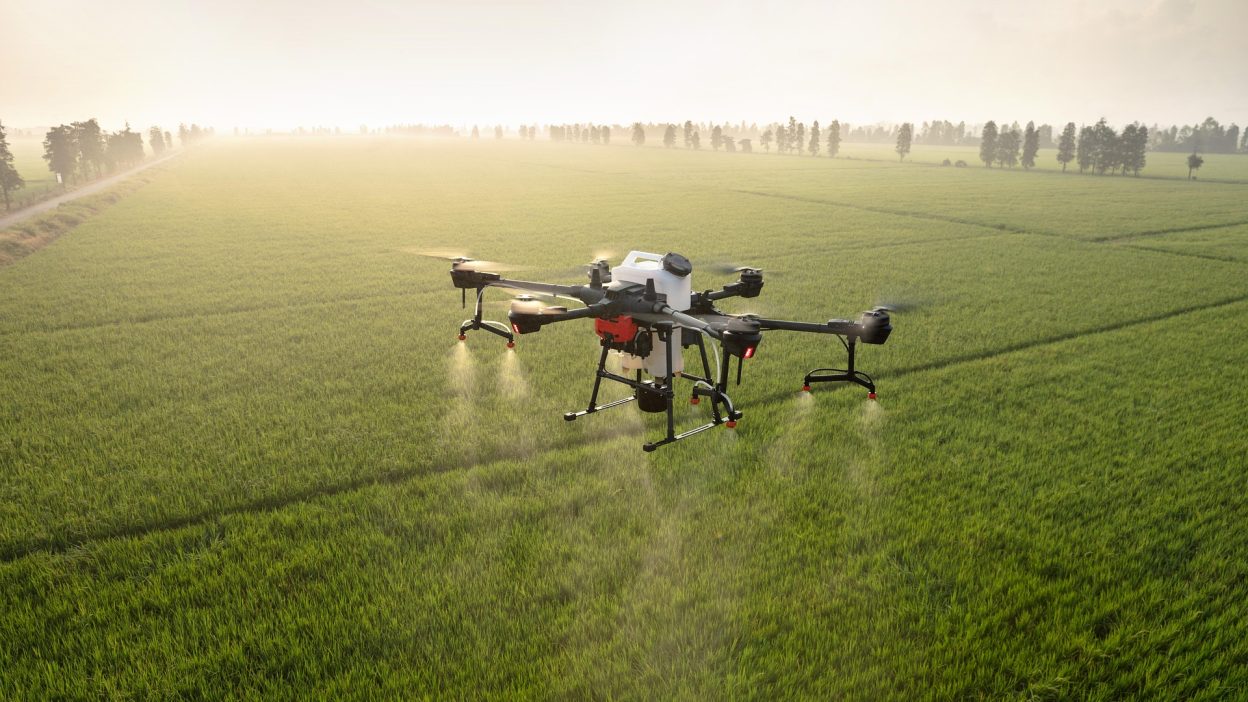Technology is evolving at an incredible pace, shaping the way we live, work, and connect. From smartphones to AI, modern innovations have redefined convenience and efficiency. Explore the past, present, and future of technology and how it continues to revolutionise our world.
Technology is constantly evolving, bringing innovations that once seemed like science fiction into our daily lives. Just a decade ago, things like wireless headphones, cloud storage, and AI assistants were either in their infancy or non-existent. Today, they are essential to our routines. But how far have we come, and what does the future hold? Let’s take a deep dive into the transformation of technology, comparing the past with the present and even getting a glimpse into the future.
The Evolution of Everyday Technology
1. Power Banks: From Rare to Essential
A decade ago, power banks were a rare accessory, with only a handful of brands manufacturing them. Most mobile phones didn’t need them since their simpler batteries lasted all day. Fast forward to today, power banks are an absolute necessity for people on the go, ensuring our high-powered smartphones don’t run out of battery. While early models barely held enough charge for a single device, modern power banks can juice up multiple devices multiple times over.
2. Tablets: From Limited Devices to Portable Powerhouses
When tablets first emerged, they were primarily used for basic web browsing with slow processors and limited RAM. They required a physical connection to a computer for updates and file transfers. Now, tablets are as powerful as some laptops. With multi-core processors, detachable keyboards, and styluses, they have become essential for professionals, gamers, and content creators. Some even support desktop-level applications, making them full-fledged computing devices.
3. E-Readers: The Digital Book Revolution
The early 2010s saw a growing trend of switching from paper books to digital formats. However, reading on a computer or phone screen was uncomfortable. Enter e-readers – devices with non-reflective screens and batteries lasting weeks. Over time, they improved with built-in backlighting and better refresh rates. Interestingly, despite their popularity, printed books have made a comeback, proving that sometimes, people still crave a traditional reading experience.
4. Smartphones: The Ultimate All-in-One Device
Ten years ago, low-resolution screens, no front cameras, and slow mobile internet were common. Watching videos or taking selfies was a challenge, and music had to be downloaded manually. Today, smartphones have evolved into mini supercomputers, featuring:
- Ultra HD displays that replace the need for a TV
- Cloud storage for limitless memory
- AI-powered cameras that rival professional photography
- 5G connectivity, making high-speed browsing and streaming effortless
Moreover, the removal of home buttons and headphone jacks has made way for sleeker, more efficient designs.
5. Wireless Headphones: The End of Wires
A decade ago, Bluetooth headphones were basic, with short battery life and limited controls. Today, wireless earbuds feature:
- Touch-sensitive controls for seamless interaction
- Active noise cancellation for superior sound quality
- Wireless charging cases for longer usability
These advancements have eliminated the need for wired earphones, proving how far audio technology has come.
6. Gaming Laptops: Power in a Portable Form
The earliest gaming laptops were bulky, expensive, and provided only a couple of hours of battery life. While they still remain costly, they now feature powerful processors, high-end graphics cards, and extended battery life. Additionally, the rise of portable gaming laptops has made high-performance gaming possible on the go.
7. Portable Consoles: A Comeback Story
In the early 2010s, PSPs dominated the gaming scene, offering a solid portable experience. However, smartphones quickly caught up, making them less relevant. But then came the Nintendo Switch, bringing back portable consoles with console-quality graphics and hybrid functionality. It proved that dedicated handheld gaming still had a place in the modern world.
8. Streaming Services: The Death of DVDs
DVDs once replaced VHS tapes, but they, too, were soon overtaken by online streaming services. Movie rental stores disappeared as platforms like Netflix and Disney+ offered vast digital libraries at our fingertips. Today, people can binge-watch entire series without waiting for a DVD release or a trip to the store.
9. The Internet: From Dial-Up to Ultra-Fast Connections
A decade ago, slow Wi-Fi and hour-long downloads were the norm. Watching a 4K video online was unimaginable. Now, high-speed fibre internet allows instant streaming, cloud computing, and near-instant downloads. The need for USB flash drives has diminished as cloud storage provides virtually unlimited digital space.
A Look Into the Future of Technology
While modern technology feels advanced, the future holds even greater innovations. Here’s what we might see soon:
1. Super Memory Discs
Scientists have developed 5D data storage, which allows a small glass disc to store 360 terabytes of data for billions of years. This could eventually replace traditional hard drives and USBs.
2. Rollable Screens
Imagine a TV or smartphone that rolls up like a piece of paper. Major tech companies are already working on foldable and flexible displays, which could redefine portable technology.
3. Solar-Powered Phones
Future smartphones may charge using solar or kinetic energy, reducing dependence on electricity.
4. Augmented Reality Lenses
AR lenses could replace traditional glasses by enhancing vision and overlaying digital content into the real world.
5. AI-Powered Advancements
From self-driving cars to robotic assistants, artificial intelligence is set to revolutionise industries such as healthcare, banking, and entertainment, making processes smarter and more efficient.
6. Watching Your Own Dreams Researchers have already taken steps to convert brain signals into images, meaning one day, we may be able to watch our dreams on screen!




